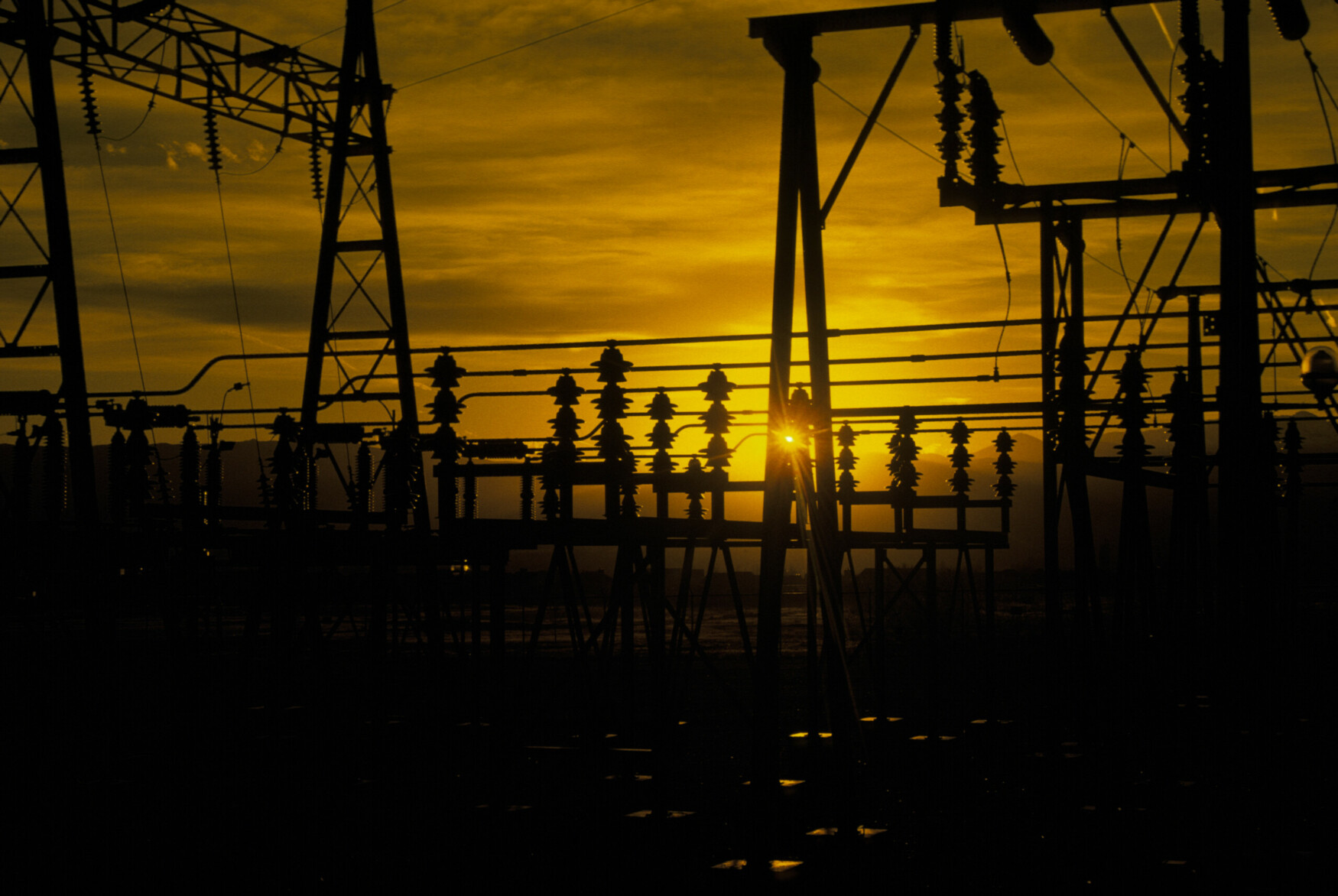Black outs are the nightmare scenario that keeps energy suppliers up at night (and all day too, if we’re being honest). To ensure uninterrupted power supply and minimize prolonged outages, the electrical grid is designed with redundancy in mind. Utilities and grid operators have created backup plans for most any crisis and backups for those backups. The truth is, they are rarely needed. But at the end of the backup line are what you might consider the most important of them all: black start resources.
Wolverine recently made an exciting update to make one of its resources black start capable and put it to the test.
What Are Black Start Resources?
Black start resources are power plants or other facilities that can restart the electric grid in the event of a total or partial blackout. These resources are critical because they are needed to bring the grid back online after a major outage, such as a severe weather event or even a cyberattack.
“Black start service is the most essential component to turning the lights turn back on during a system restoration event,” said Tom King, Vice President of Regulatory Affairs. “Having resources with black start capability diversely spread throughout the interconnected grid allows for a much quicker restoration due to the ability to simultaneously restore multiple areas of the grid.”
Restarting the Grid
So, what does that look like? During a blackout, the power grid is essentially shut down. To restart the grid, power must be supplied to critical facilities that are needed to bring power plants back online. Black start resources are designed to provide this initial energy supply, which is why Wolverine Power Cooperative, in collaboration with the Michigan Electric Transmission Company (METC), developed one of Wolverine’s power plants as a black start resource. This power plant is then used to start another one of Wolverine’s power plants (a “target” unit) to start bringing the lights back on.
King explained that the benefit of this black start resource and target unit combination is the diversity it provides. Michigan’s electric grid was originally designed with its key generation resources located close to the largest load pockets (e.g., Southern Michigan). However, Wolverine’s construction of a more than 400MW target unit in 2016 provided Northern Michigan (the area north of US 10) with the ability to independently restore its own area.
“Basically, restoration of the Northern Michigan grid can now occur without waiting for the Southern Michigan grid to be restored,” said King.
Putting It to The Test
Of course, this isn’t the sort of thing you develop and just keep your fingers crossed that it works in a crisis. That’s why Sam Dodds, Wolverine’s Generation Engineer, and the rest of the team that planned and developed the black start resource took it for a test run this spring. This is when Wolverine and METC were able to configure the system to simulate a “black out” (do not worry, all customers’ lights stayed on during the simulation) and perform a live test, to see if the target unit could be started by the black start resource. To nobody’s surprise, but still with a great amount of relief, the target plant restarted successfully.
As the project wraps up, King notes that this was an enormous undertaking.
“The project took four years from initial discussions to completion. Through all the stages it took a team, working collaboratively and creatively together, to incorporate Wolverine’s two power plants into northern Michigan’s restoration plan,” said King. “But now the grid has a powerful and valuable set of resources to ensure that Wolverine’s members, and the broader grid, are supported and protected during a blackout.”


